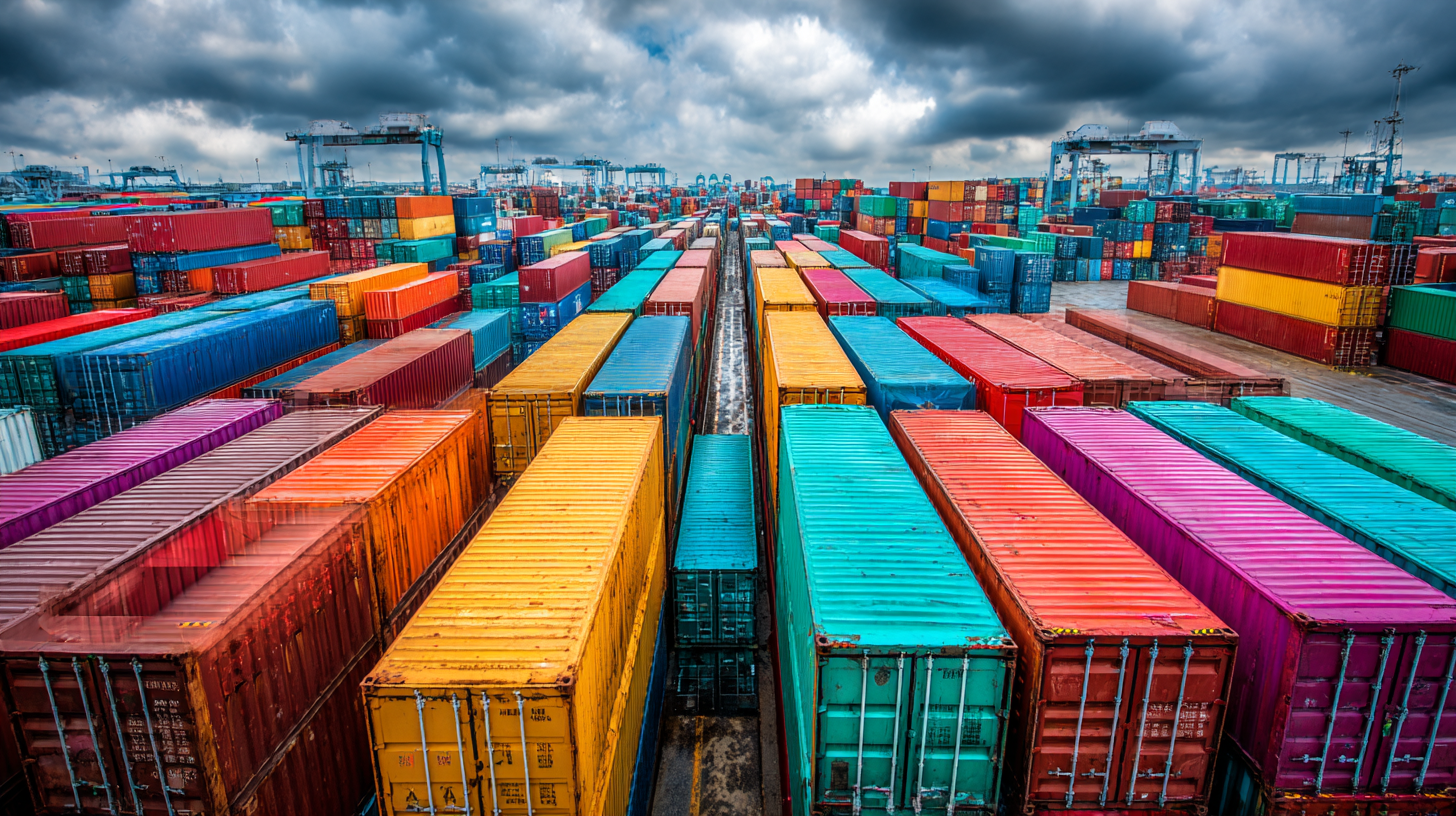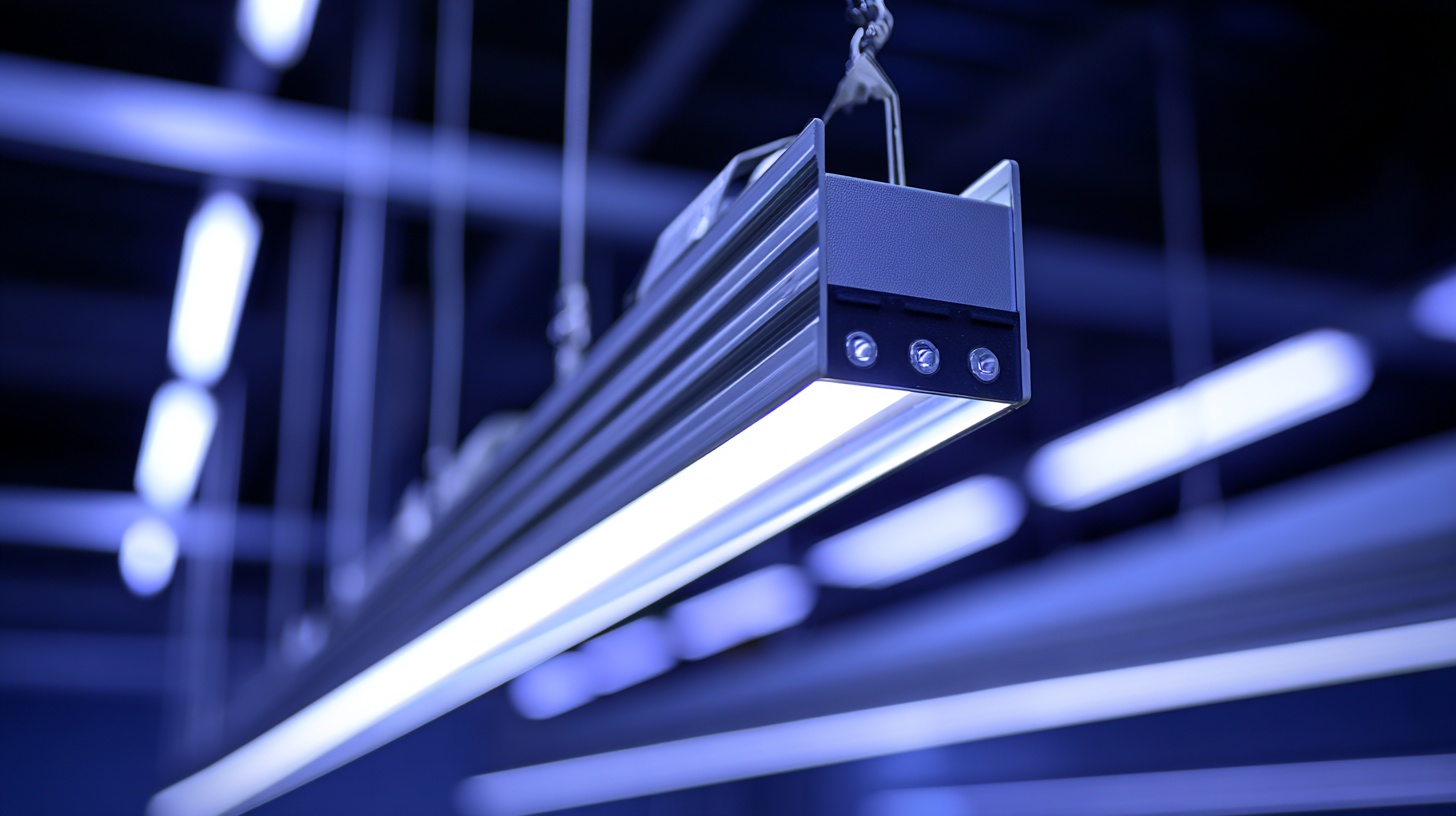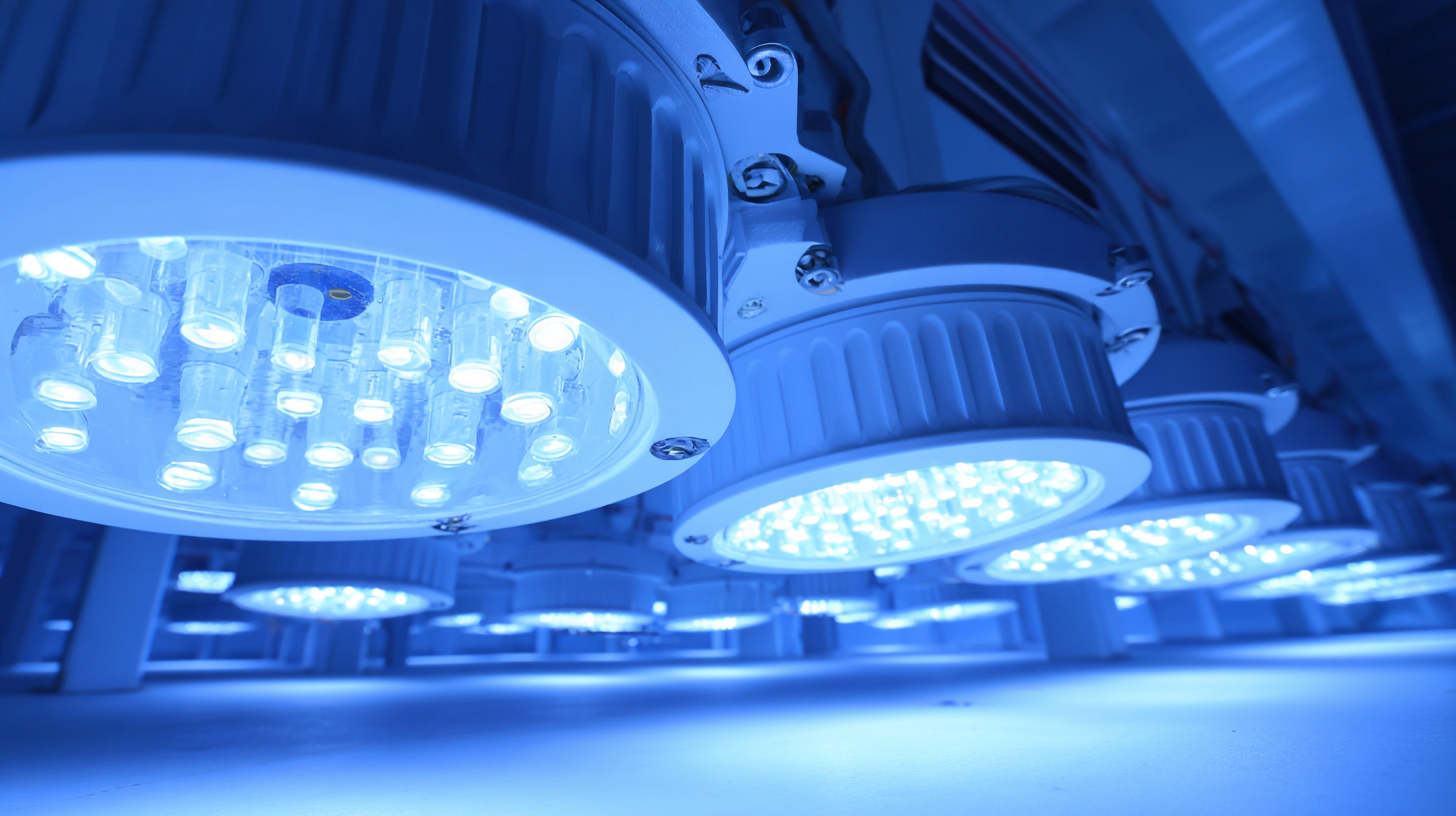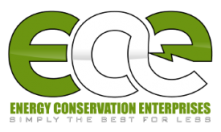Navigating Import Export Certifications for the Best Commercial Led Fixtures
As we look towards 2025, the landscape of the lighting industry is poised for transformative changes, particularly within the realm of Commercial Led Fixtures. The global push for energy efficiency and sustainability has propelled these innovative lighting solutions to the forefront of commercial applications. However, the journey to successfully integrating Commercial Led Fixtures into various markets is fraught with challenges, notably the complex web of import-export certifications and regulations. Understanding these requirements is not just a logistical necessity but also a strategic advantage that can enhance market access and competitiveness.

In this blog, we will explore the critical trends in the market, dissect the certification processes, and offer insights into how businesses can effectively navigate these hurdles to capitalize on the lucrative opportunities presented by Commercial Led Fixtures.
Understanding Import Export Certifications for LED Fixtures: An Overview
Navigating the realm of import-export certifications for LED fixtures requires a clear understanding of regulatory standards. According to a report from the International Energy Agency (IEA), the global LED lighting market is projected to reach $60 billion by 2025, underscoring the critical need for compliance in this fast-growing sector. Import-export certifications serve as essential benchmarks that ensure products meet safety and efficacy standards mandated by different countries. These certifications help manufacturers and suppliers navigate the complex legal landscape while enhancing consumer confidence.
Tip 1: Before shipping LED fixtures internationally, research specific import requirements for your target market, as regulations can vary significantly between regions. Ensure that your products possess certifications such as UL, CE, or RoHS, which are often prerequisites for entry into foreign markets.
Product quality and safety are paramount. A study by Markets and Markets indicates that about 30% of imported lighting products fail to meet local standards, leading to wasted resources and potential recalls. Understanding these certifications not only mitigates risks but also enhances your product's marketability.
Tip 2: Partner with a local compliance expert who can guide you through the certification process. They can help you identify the necessary documentation and facilitate inspections, ultimately saving you time and resources in the long run.
Key Regulatory Standards Impacting Commercial LED Lightings
When diving into the world of commercial LED fixtures, understanding key regulatory standards is essential for ensuring compliance and market readiness. Regulations such as the Energy Star program and the Department of Energy’s (DOE) efficiency standards play a pivotal role in shaping the design and marketing of LED lighting products. These certifications not only enhance credibility but also influence purchasing decisions among environmentally-conscious consumers.
Tip: Always stay updated on the latest regulations, as standards can evolve. Joining relevant industry trade groups can provide valuable insights and resources to navigate these changes effectively.
Additionally, compliance with safety certifications, such as UL or CE markings, is critical for ensuring the reliability and safety of your LED products. These certifications often require rigorous testing and documentation, which can seem daunting, but they are fundamental to building customer trust.
Tip: Consider working with a compliance consultant who can guide you through the certification process, ensuring that your fixtures meet all necessary standards without delay.
Navigating Import Export Certifications for the Best Commercial LED Fixtures
This chart illustrates the number of different certifications required for commercial LED fixtures, including Energy Star, UL Listed, CE Mark, RoHS Compliant, and FCC Certified. Understanding these certifications is crucial for navigating import and export regulations in the lighting industry.
Essential Certifications for Importing LED Products: A Comprehensive Guide
When importing LED products, navigating the myriad of certifications can seem daunting. However, understanding essential certifications is crucial for ensuring compliance and maintaining product quality. Start by familiarizing yourself with key certifications such as UL, CE, and RoHS. UL certification indicates that the product meets safety standards in the US, while CE certification is necessary for selling products in Europe, ensuring they comply with relevant health, safety, and environmental protection legislations. RoHS compliance is critical too, as it restricts the use of hazardous substances in electronic products.
**Tip 1:** Always verify that your suppliers provide the necessary documentation for these certifications. This documentation can prevent costly delays in customs and ensure your products are market-ready.
In addition to safety and environmental certifications, consider performance certifications such as Energy Star or DLC. These labels not only enhance your product's credibility but also appeal to environmentally conscious consumers by showcasing energy efficiency. Understanding these certifications not only streamlines the import process but also positions your commercial LED fixtures as reliable and high-quality options in a competitive market.
**Tip 2:** Maintain a checklist of required certifications based on your target market. This ensures that you won’t overlook any vital compliance needs, making your import process smoother.

The Financial Implications of Certification Compliance in the LED Industry
In the rapidly evolving LED industry, understanding the financial implications of certification compliance is essential for businesses aiming to thrive. Obtaining the necessary certifications, such as Energy Star, CE, and RoHS, not only enhances product credibility but also significantly impacts operational costs. Companies need to allocate budgets for rigorous testing, documentation, and potential design modifications to meet regulatory standards. These investments can, at first glance, seem substantial; however, the long-term benefits of compliance often outweigh the immediate financial burdens.
Moreover, compliance with international import and export certifications opens up wider markets for LED fixtures. Companies that invest in certification are more likely to gain access to higher-value contracts and partnerships on a global scale. Non-compliance, on the other hand, can lead to costly penalties, delays in shipping, and damage to brand reputation. Therefore, businesses in the LED sector must weigh the costs of not adhering to certification requirements against the opportunities for growth and revenue generation that compliance can facilitate.

Tips for Streamlining the Import Process for Commercial LED Fixtures
When it comes to importing commercial LED fixtures, businesses can benefit significantly from streamlining the import process. Recent developments in various countries highlight the importance of simplifying regulations to enhance trading efficiency. For instance, Singapore's rise in poultry imports from Australia is a clear demonstration of how an optimized import process can facilitate trade and boost economic activity. By focusing on efficient logistics and clear regulatory frameworks, businesses can expect smoother transactions and reduced lead times.
In addition, initiatives like the RBI's proposal to rationalize regulations in export and import transactions serve as a reminder of how regulatory frameworks can either hinder or promote growth. Simplified procedures can empower traders, making it easier for them to navigate the complexities of international trade. This is particularly vital for commercial LED fixture exporters and importers, who often face bureaucratic challenges. By staying informed about such regulatory changes and leveraging insights from successful case studies, companies can enhance their operational efficiency and benefit from a more streamlined import experience.
Navigating Import Export Certifications for the Best Commercial Led Fixtures
| Certification Type | Description | Region | Application Time (Days) | Cost (USD) |
|---|---|---|---|---|
| UL Certification | Safety and performance standards for lighting products. | USA | 30 | 2000 |
| CE Marking | Conformity with health, safety, and environmental protection standards. | European Union | 15 | 1500 |
| Energy Star Certification | Indicates energy efficiency for electrical products. | USA & Canada | 20 | 500 |
| RoHS Compliance | Restrictions on hazardous substances in electrical equipment. | European Union | 10 | 400 |
| SAA Certification | Compliance with Australian safety standards. | Australia | 25 | 1200 |
